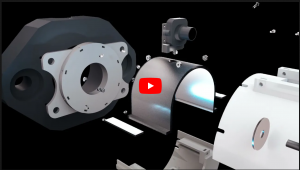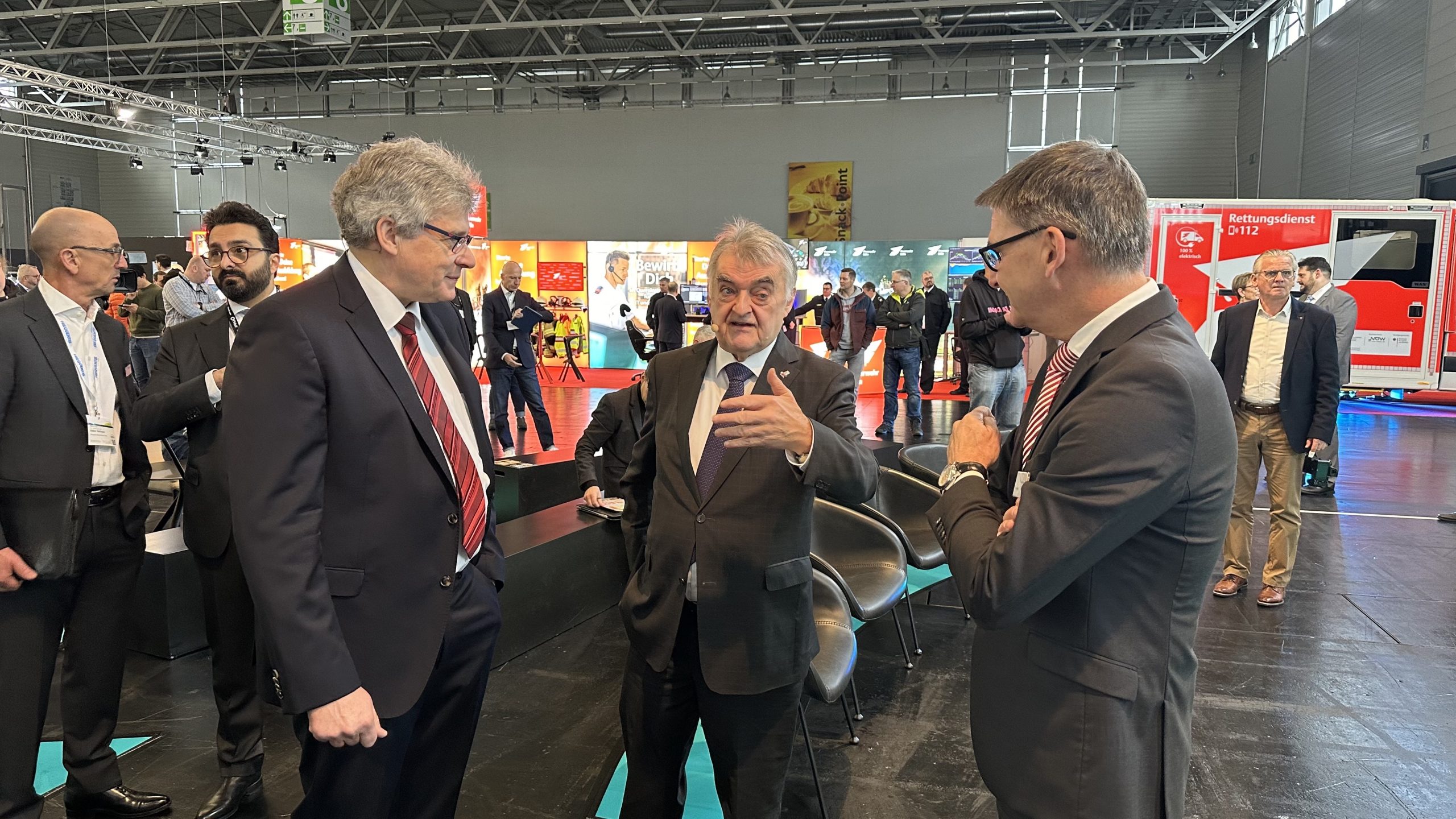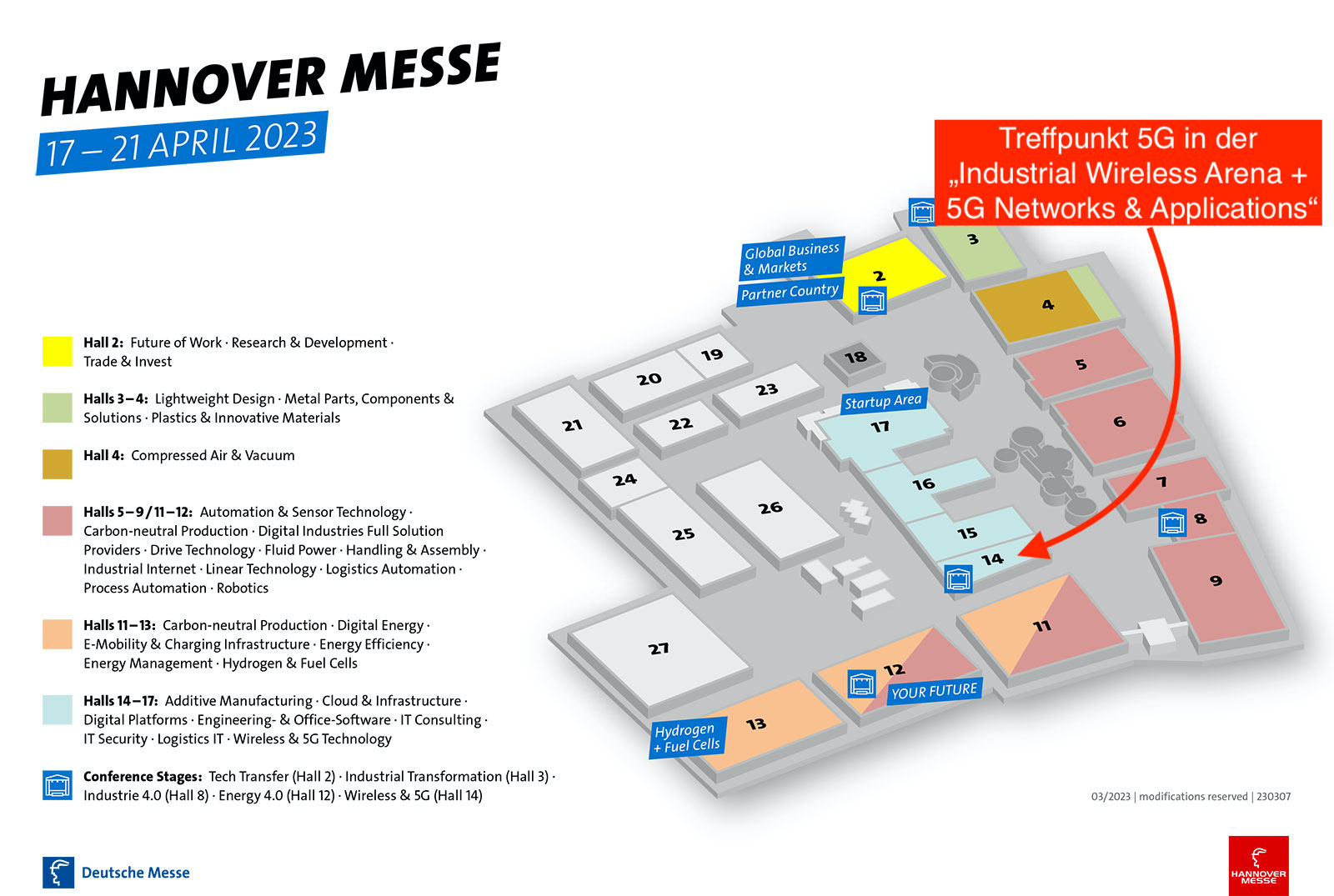Camera-based spindle monitoring: A video from the Institute of Production Engineering at the Karlsruhe Institute of Technology (link further down in the text; picture: screenshot, YouTube channel KIT).
Digitization, artificial intelligence and machine learning are some of the buzzwords that will make industrial production of tomorrow simpler, cheaper and more flexible. The German research landscape is working intensively to demonstrate beneficial applications, as the example of a spindle monitoring system at the Institute of Production Technology (wbk) shows. FUENF-G asked academic staff member Tobias Schlagenhauf to find out more about the benefits.
To achieve this goal, machine tools must be regularly maintained, and defective components must be replaced in good time. An intelligent camera system for quantifying surface defects on ball screws, such as those used in lathes for precision guidance in the manufacture of cylindrical components, allows image-based, direct monitoring of the screw surface. It consists of a camera system with illumination attached to the ball screw nut, combined with a machine learning model trained on image data.
InquiredBenefits of artificial intelligence for mechanical engineering
An intelligent camera system for quantifying surface defects on ball screws sounds like an exciting project. FUENF-G wanted to find out details about the project from the responsible academic staff member at the Institute of Production Engineering at the Karlsruhe Institute of Technology, Tobias Schlagenhauf, M.Sc.
FUENF-G: Mr. Schlagenhauf, your work seems quite elaborate, what is your motivation? What economic potential do you see for this monitoring?
Schlagenhauf: The economic potential results from the direct support of maintenance in the condition monitoring of ball screws. Further economic potential, although not directly quantifiable, arises if the methodology is transferred to other areas of production. This potential is likely to be even greater than direct automation of the ball screw monitoring process.FUENF-G: How large are the data volumes and how are they processed?
Schlagenhauf: The amount of data used for model training is about 10,000 images in a resolution of 300×300 pixels. The data is not pre-processed further, only areas of interest are cropped from raw data in 300×300 pixel format.FUENF-G: Which data transmission will be used for such applications in the future?
Schlagenhauf: The classic connection within a machine by cable is still conceivable here, or in the future wirelessly, for example via 5G.FUENF-G: Are you or cooperating companies also already planning the next step, e.g. connection to a 5G network?
Schlagenhauf: Nothing is planned here so far, but the idea is interesting and promising.FUENF-G: When can application on a larger industrial scale be expected?
Schlagenhauf: The focus of the research is on gaining knowledge regarding the failure behavior of ball screws and the intelligent algorithms. The further development of the technical system of the camera system for industrial use is an engineering task for which there is currently no industrial partner within the framework of an implementation project. It is therefore difficult to make a prediction about the application on an industrial scale – but an industrial implementation together with an implementation partner from industry is certainly conceivable.FUENF-G: Then we’ll keep our fingers crossed that a FUENF-G reader has worked up an appetite and will support you in further implementations. Good luck with your project and thank you for the interview.









Leave A Comment